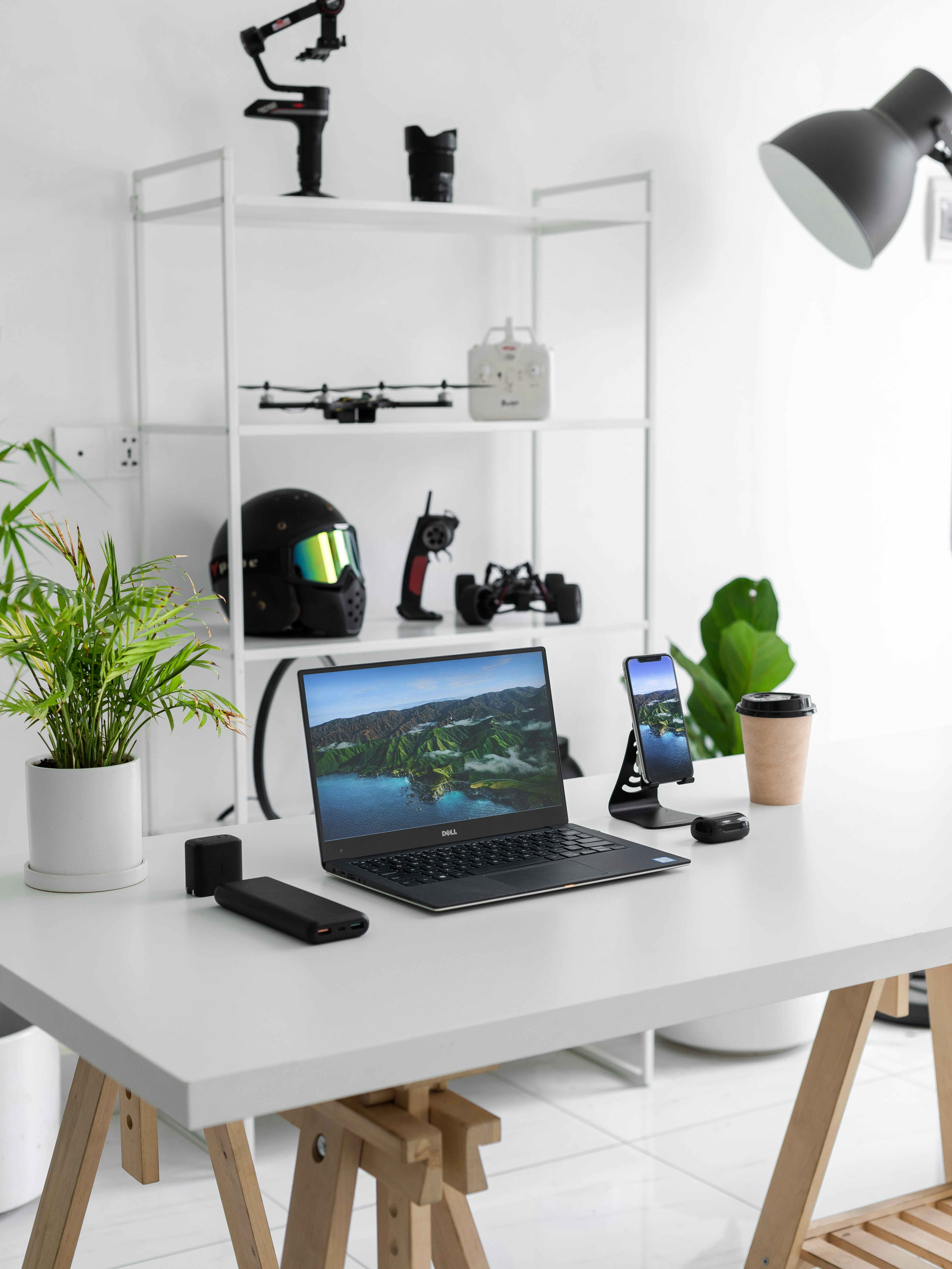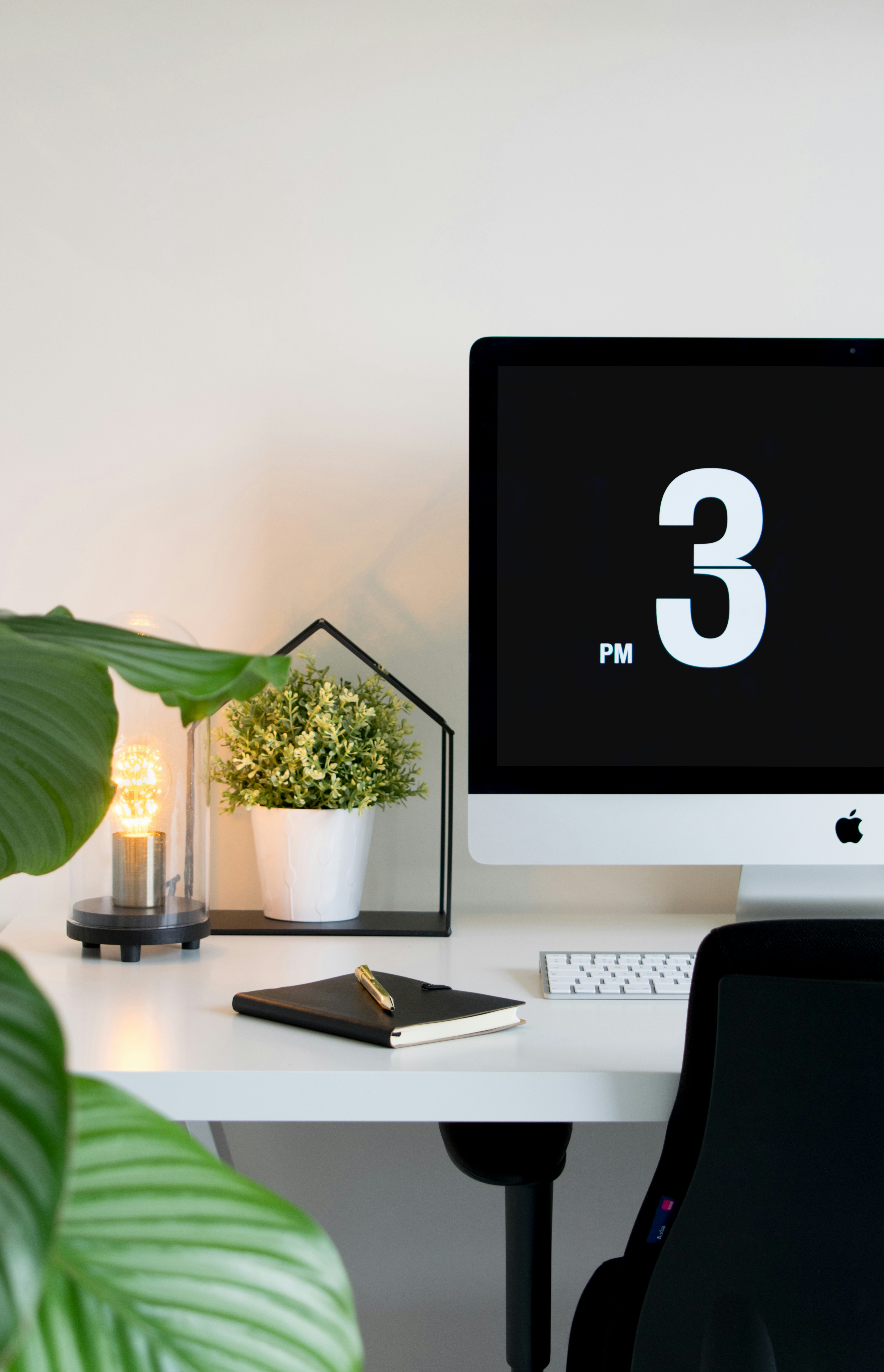Why Color Psychology Matters in UI Design
Color psychology is a crucial element in crafting an experience that resonates with users and aligns with a brand's message. This post dives into the psychology behind colors, explores how different colors affect emotions, and shares strategies for selecting the right palette for your design projects.
Key Points
Enhance Brand Recognition: Colors can make your brand more memorable and help convey your brand’s personality.
Guide User Actions: By using colors strategically, you can direct attention to key elements, such as call-to-action buttons or important notifications.
Set the Mood: Colors can create a specific mood, helping users feel comfortable, excited, or reassured while using your product.
Psychological Impact of Colors
Each color has its own set of psychological associations. Here’s a look at how common colors influence emotions and how they’re often used in UI design:
Blue: Represents trust, calmness, and reliability. It’s widely used in finance and healthcare because it instills a sense of security. Popular with platforms like Facebook and LinkedIn.
Red: Evokes excitement, urgency, and passion. It’s often used for warning messages, error states, or call-to-action buttons that need to capture attention immediately.
Green: Associated with growth, health, and tranquility. Frequently seen in eco-friendly or wellness brands, green can be a great choice for brands that emphasize health, growth, or balance.
Yellow: Conveys warmth, optimism, and energy. Used sparingly, yellow can draw attention to certain areas without overwhelming the user. It’s often used in education or travel apps for a welcoming feel.
Purple: Symbolizes luxury, creativity, and wisdom. Commonly used in beauty or high-end brands, purple can give a product an elegant, sophisticated vibe.
Black: Conveys sophistication, power, and elegance. Black and grayscale palettes are commonly used for minimalist, high-end designs and are often seen in fashion and luxury goods.
Choosing the Right Palette for Your Brand
When selecting a color palette, start by considering the brand’s personality and the type of emotional response you want to evoke. Here are some tips to help:
Define Your Brand Attributes: Ask yourself—what values and emotions do you want users to associate with your brand? For example, if your brand emphasizes innovation, you might consider using bold, modern colors.
Understand Your Audience: Different demographics have varying responses to colors. For instance, younger users might respond well to vibrant colors, while older users may prefer softer, neutral shades.
Consider Accessibility: Color accessibility is crucial for an inclusive design. Ensure that your color choices have sufficient contrast and consider how they appear to users with color blindness. Tools like the WCAG contrast checker can be helpful here.
Conclusion
Typography is more than just choosing fonts—it directly affects readability, user experience, and how your brand is perceived. By carefully selecting fonts that align with your brand and designing for optimal legibility, you can improve user interaction with your product. Be sure to test different font pairings, consider accessibility, and always put user needs first.








